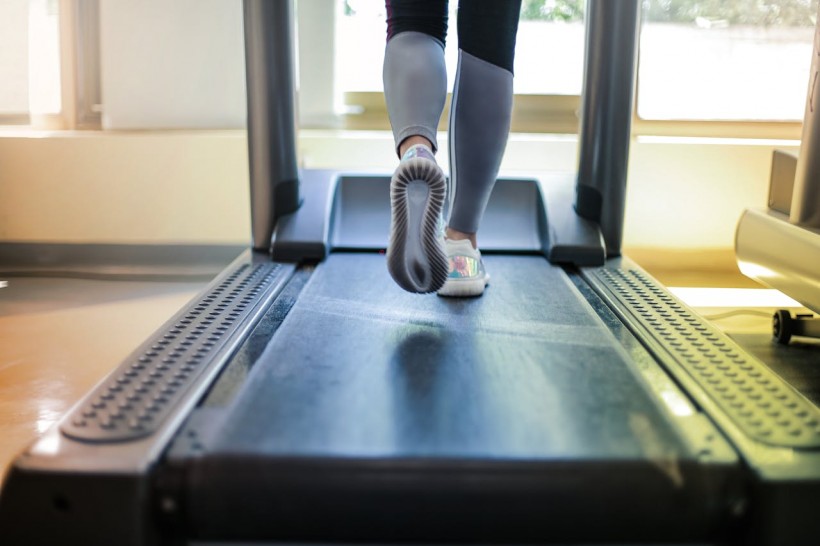Researchers claim to have identified a fat type that plays a huge role when it comes to aging. They also discovered that it can be managed through short-term exercise.

(Photo : Pexels / Andrea Piacquadio)
Fat Associated With Aging
As part of the new study entitled "A conserved complex lipid signature marks human muscle aging and responds to short-term exercise," researchers were able to identify a certain fat molecule, or lipid, that has a huge role when it comes to the aging process. This particular lipid, known as bis(monoacylglycero)phosphate (BMP), was discovered at regular levels in the muscles of older individuals compared to younger ones. Notably, such high levels fell with brief exercise.
The scientists studied the effect more in-depth among mice. Dr. Alexandra Stolzing, a biogerontological engineering professor at Loughborough University, who did not participate in the study, explains that, as aging research lacks fat molecule detailed studies, it was great to see such a study that involved a comprehensive analysis on the alterations in various tissues of humans and mice.
Dr. George Janssens, the study's first author and an assistant genetic metabolic disease professor at Amsterdam UMC, explains that there is little known about how complex lipids contribute to certain diseases and aging. The study began with exploring the link by looking into the fat of both young and old mice. With lipidomic, which is a technology that simultaneously quantifies various fats within the same tissue, researchers examined 10 different tissues and identified over 1,200 unique lipid types.
What surprised the researchers is that BMP was consistently increasing among old mice. This was observed in most of the analyzed tissues.
The scientists then conducted an analysis on biopsied muscle tissue from human volunteers of various ages. Older participants were 65 to 80 years of age, while younger ones were 20 to 30 years of age.
Doing so enabled them to observe that BMP also accumulated in the tissue that was aging.
Findings suggest that BMP lipids could play a huge role in the aging process. However, further study is necessary to see if these lipids drive the process or resultantly increase due to aging.
Exercise and Longevity
During the study's second phase, the researchers looked into the lipid content in the muscles once prior to and once after they exercised for an hour a day. This was observed in the course of four days. Such figures were compared with the numbers of individuals who stayed seated for the majority of the time period.
It was surprising that even in such a short period, levels of BMP significantly reduced among individuals who exercised compared to those who did not. This shows that the lipid could play a key role on how exercise could impact longevity.
Adiv Johnson, the director of innovation and research at Tally Health, a longevity company, explains that the study is quite intriguing due to how the researchers were able to discover that the fat levels go up with age among both humans and mice. The findings also show that exercise could deplete the age-associated fat among humans.
Riekelt Houtkooper, an author of the study and a genetic metabolic disease professor at Amsterdam UMC, explains that the idea of reversing aging has been considered science fi'ction for a long time. However, the findings enable further understanding of the aging process.
The researchers plan to research further to see why the lipid builds up in the first place and whether there are other ways to deplete its levels. Until this is shed light, the findings offer clues why going for a run or walk could help with longevity.
RELATED ARTICLE: Is It Possible to Cure or Reverse Aging? Researchers Look For Solutions
Check out more news and information on Medicine & Health in Science Times.














